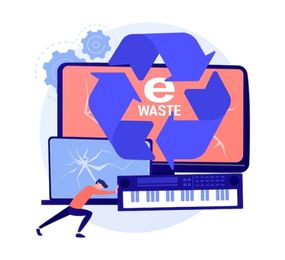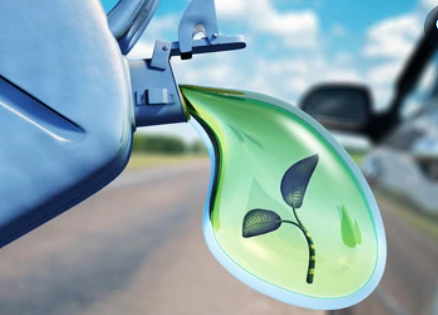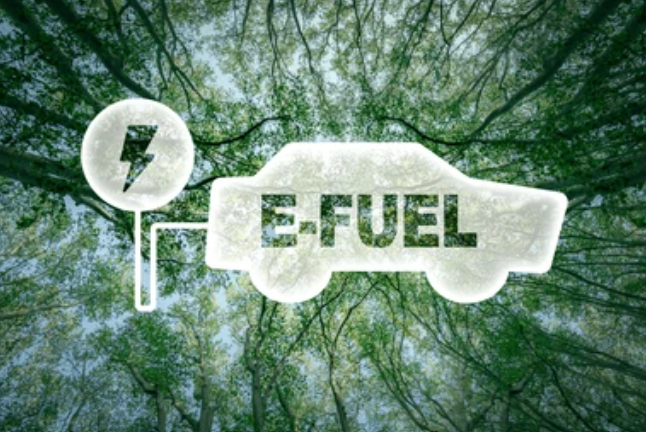Automotive recycling refers to the process of dismantling and repurposing the various parts and materials from end-of-life vehicles (ELVs). The goal of this process is to minimise the impact of vehicles on the environment and to conserve natural resources by reusing and recovering the materials from ELVs.
Automotive recycling can include a range of activities such as removing usable parts and fluids, shredding the remaining materials, and then separating and refining the metals, plastics, and other materials for reuse. Common materials that are recovered through automotive recycling include steel, aluminium, copper, and lead, as well as plastics, rubber, and glass.
Recycling end-of-life vehicles has a number of benefits. For example, it reduces the amount of waste that ends up in landfills and helps conserve natural resources, such as metals and minerals, by reducing the need for virgin materials. Automotive recycling also helps to reduce greenhouse gas emissions by avoiding the production of new materials and by reducing the energy required to produce new products from raw materials.
Approximately 86% of a car's material content is recycled, reused, or used for energy recovery, including everything from floor mats and fluids to aluminium and steel. Li-ion batteries are an example of an innovative technology and a vehicle breakthrough that calls for industry and other stakeholders to take a coordinated, proactive strategy to guarantee end-of-life uses are properly managed.
The removal of parts that can be reused or refurbished for use in other vehicles is a task that automakers entrust to auto recyclers. These include the water pump, starter, alternator, doors, bumpers, and transmissions. Batteries, catalytic converters, tires, and various plastic components are among the other parts that are taken out and recycled into new products. In order to prevent leaks, fluids including engine oil, coolant, and gasoline are carefully controlled before being reused or recycled, as necessary.
What’s Recycled?
-
Old consumer goods can also be recycled into parts for brand-new automobiles:
-
Repurposed milk jugs are used for auto trim;
-
Discarded garments and carpet are turned into soundproofing material;
-
Splash shields can be made from used battery casings;
-
Engine oil level gauges and coverings for heating and air conditioning vents are made from recycled plastic bottles;
-
Air purifiers and evaporative emissions systems both employ nylon carpet;
-
Brake pedals and floor mats are made of repurposed tire rubber;
-
Additional post-consumer plastics are used in parts including carpets, battery trays, fan shrouds, underbody shields, and air conditioner housings.
In conclusion, automotive recycling is an important industry that has a significant impact on the environment and on the conservation of natural resources. By promoting the reuse and recycling of end-of-life vehicles, we can help to create a more sustainable future.
ed by
Do not miss the opportunity to join us on the 1st - 2nd March, 2023 — as international experts come together to discuss Recycled Content Materials in Automotive Industry; in Steigenberger Airport Hotel, Berlin, Germany at the World Biopolymers and Bioplastics Innovation Forum!
To register or learn more about the Forum please check here: https://bit.ly/3TQ1k8m
For more information and group participation, contact us: [email protected]
















